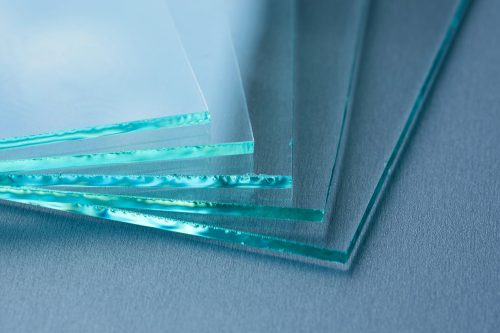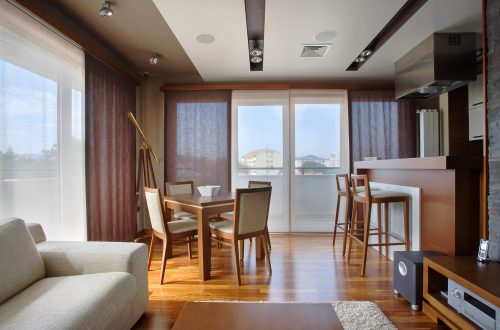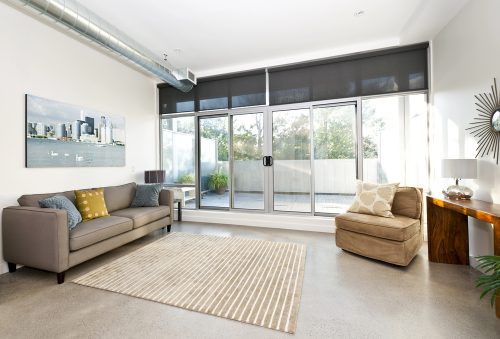The results of the energy performance diagnosis is crucial for resale, so reviewing your isolation is an important step to increase the value of your home. You certainly know that the roof can cause up to 25-35% of heat loss. Let us focus now on your openings, especially on windows and glazing where energy loss is usually 5 to 30%.
The term frequently in the construction industry is window glazing. It is too often referring to the glass itself while it is to be considered as a whole with its chassis, especially for performance calculations.

The main types of glazing for your windows
A lot of progress has been made in recent years in the glazing and single glazing has almost disappeared from production. Manufacturers now offer insulating solutions with double or triple glazing separated by air or argon glazing.
Simple double glazing or strengthened one
Double glazing is commonly manufactured using two parts separated by a thick motionless air layer glass. The enhanced/strengthened thermal insulation products offered on the market are usually composed of two separated layers of air dried (16 mm or 20 mm thick) ice. Inside the double glazing, one of the lenses is covered with a thin transparent film, made of metal or metal oxide. To further enhance the efficiency of the air, it can be replaced with argon gas less thermally conductive than air.
Other types of glazing
Triple glazing with an air gap was added to double glazing and is very trendy especially for low energy consumption houses although there are some drawbacks: it is heavy and puts pressure on the strength of the chassis, decreases the brightness and solar effectiveness, so uncomfortable in winter. Good for windows facing north.
The anti-reflective glass is treated so that the heat input of the sun is reduced. It is especially suitable for large windows facing south. The heated window is provided with a transparent film connected to your power system. It emits heat radiation. The temperature of the inner pane can reach 40 ° C, and the heat radiates. Just like your glass can be a decorative glass (granite, silkscreen, laminated …) or filtering, there are also decorative filters available, which reduce heat loss. Their effectiveness remains to be proven in the long term.
A standard double glazing system has a heat transfer coefficient of about 2.9 W / m², a high-performance double glazing can go down to 1.1 W / m². The thicknesses are often designated as follows: A / B / C. With A, B, and C, representing the thickness in millimeters of the different elements (outer pane, inner pane…).
Standard double glazing are 4/16/4. Other parameters are also to be taken into account when choosing your windows. It’s soundproofing, via the acoustic attenuation coefficient expressed in Decibels, called R dB for the road noise and dB for the air noise. The higher the value, the higher the sound insulation.
The type of material is also important, the chassis can be PVC, aluminium, wood or hybrid (wood / aluminium, for example), the choice of a good glazing system, therefore, requires the advice of a knowledgeable professional.



